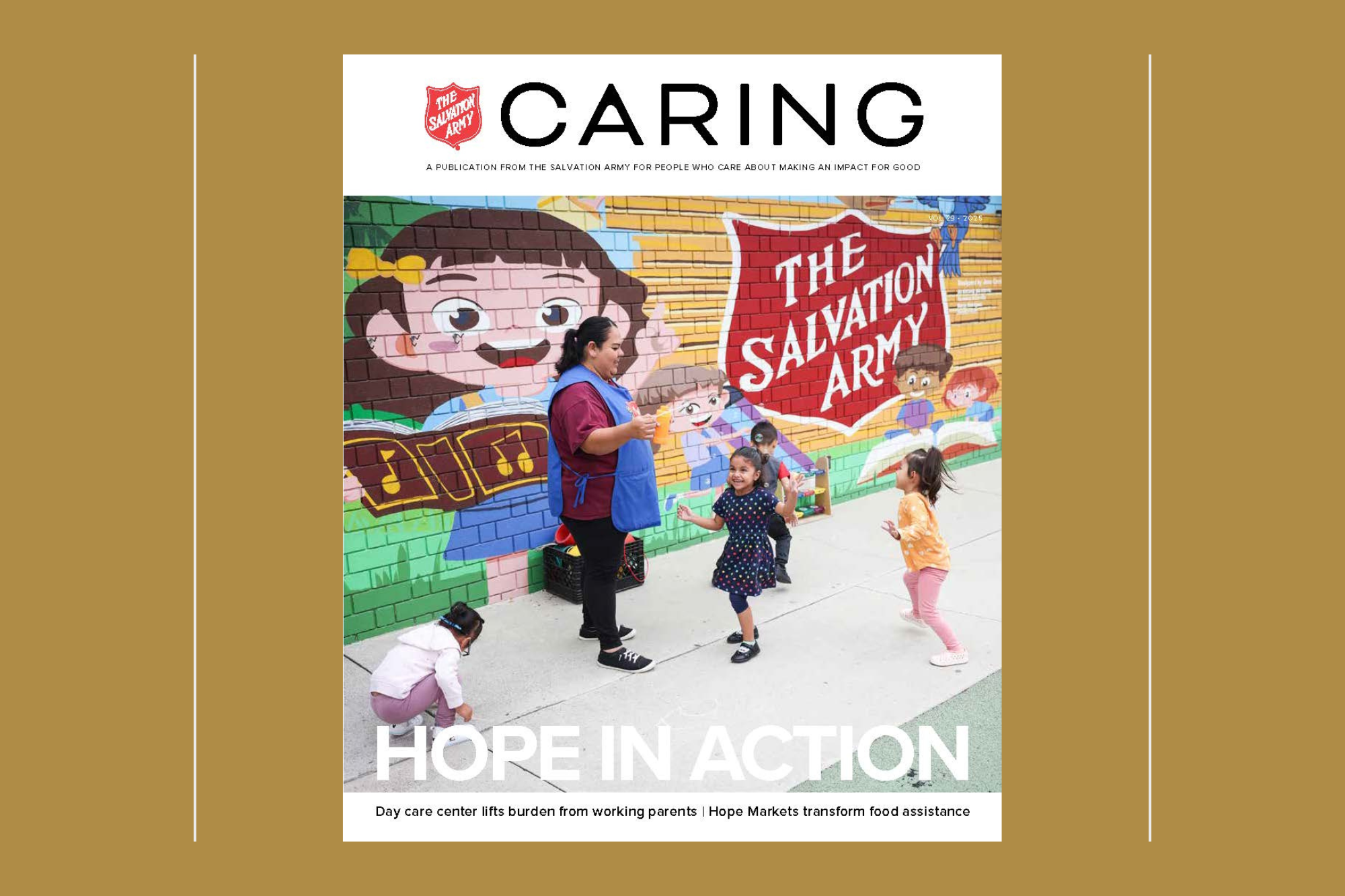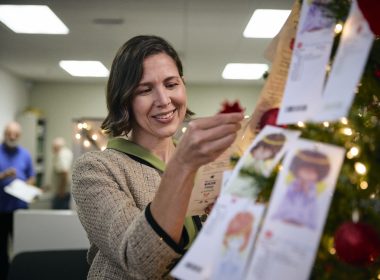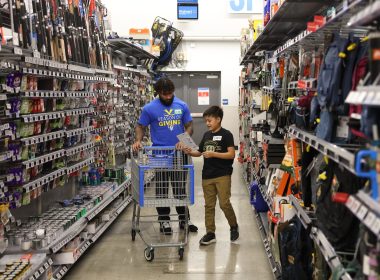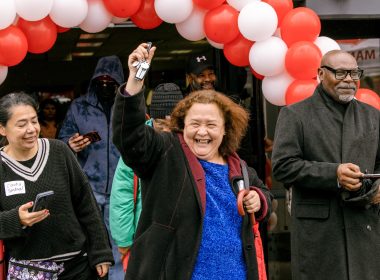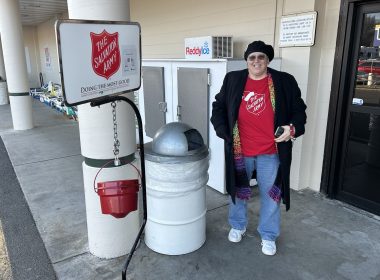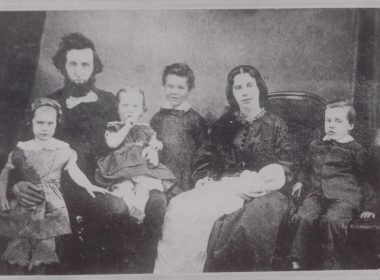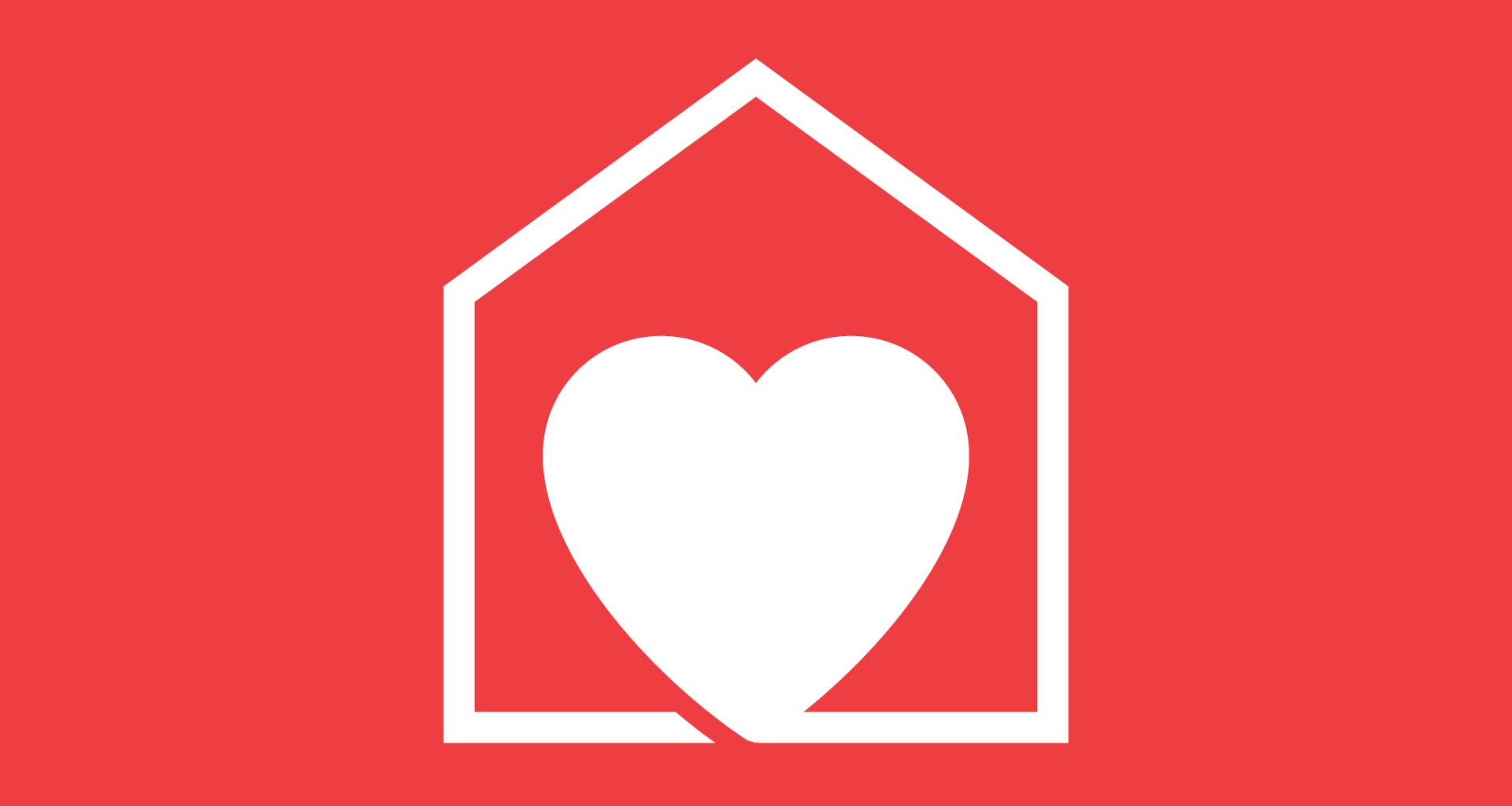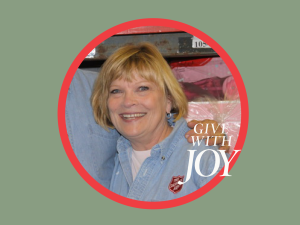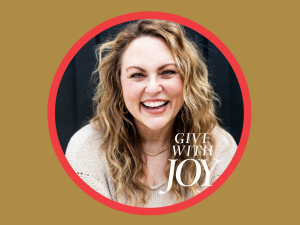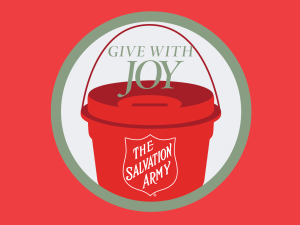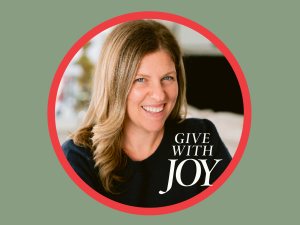We started this series earlier this year talking about home and how much home is not just where you are but is so much a part of who you are.
And then, what happens when you have no home.
Following the incredible destruction of the wildfires that tore through the Los Angeles region this January, I’ve shared with you many of the ways The Salvation Army showed up—as it always does when disaster strikes—to serve the whole person—physically, emotionally and spiritually.
The scope of disaster response can sometimes feel overwhelming, but it’s important to remember that every number represents a neighbor, a family, a story. In just one week, The Salvation Army and other agencies served more than 12,700 households at a Wildfire Resource Hub. That includes The Salvation Army providing more than $2 million in direct financial assistance to help 2,227 families begin to rebuild their lives.
But the response goes beyond just financial aid. Recognizing the ongoing health impacts of wildfire smoke, The Salvation Army distributed thousands of air purifiers and cleanup kits to affected households. And The Salvation Army has provided Emotional and Spiritual Care to more than 3,500 people, what we like to call a ministry of presence when people need it most.
While the immediate emergency response at evacuation shelters has largely wound down, the work continues. In recent weeks, we’ve talked to people both within and from outside of The Salvation Army to help grasp where we go from here.
Captains Nick and Becky Helms shared about their experience being forced to evacuate, and how this disaster has and is changing their ministry in Pasadena, California.
We talked about healing after loss with Dr. David Eisenman, director of UCLA’s Center for Public Health and Disasters and a practicing physician, who has spent more than two decades studying how disasters affect public health and community resilience.
You heard from Captain James Fleming about serving in a pair of West Los Angeles shelters and the conversations he was having with those who’d been displaced.
We shared a practical guide to family emergency planning with expertise from Nicole Kanne, Deputy Director of Emergency Disaster Services for The Salvation Army in the western U.S.
And we heard from Dr. Jon Kole, the Medical Director and Senior Director of Psychiatry at Headspace, about how to better love our nervous system using mindfulness.
In disasters, we often see something remarkable: how communities come together, how neighbors help neighbors, and how hope persists even in the darkest moments.
And notably, it’s up to each of us and the little choices we make to keep that spirit of community alive, not just in times of crisis, but every day.
I want to share a few stories that capture this perfectly. The first comes from Captain Jared Arnold who has been serving as part of The Salvation Army’s Emergency Disaster Response, including in a Disaster Resource Center, where a woman came seeking something you might not expect.
Captain Jared Arnold shares his experience.
When we talk about warming hearts and homes, we’re talking about more than just physical warmth. It’s about creating spaces where people feel seen, heard and cared for.
Among the many volunteers serving at evacuation sites was Jose, who brought a unique perspective to his service at the Westwood Recreation Center as someone who had previously received help through The Salvation Army. He shared about the experience here in a video message.
Jose shares his experience.
When we help our neighbors in crisis, we’re not just meeting immediate needs—we’re planting seeds of hope. His journey from receiving help to giving it, from finding refuge to creating it for others, shows how community care creates lasting ripples of change. As he puts it, the impact reaches beyond the individual to transform families, friends and entire communities.
Which brings me to our final story, from Jim Sparks, The Salvation Army’s Territorial Mission Strategist in the western U.S. Jim was one of the tens of thousands of people who evacuated their homes last month and witnessed how tragedy can bring out the best in us.
Jim Sparks shares his experience.
These stories of neighbors helping neighbors inspired us to ask: how can we embolden this spirit of care and community all the time, and especially in these coldest weeks of the year? Which brings us back to this series: Warm Hearts, Warm Homes.
The Salvation Army believes no one should be without a place to call home.
Last year, the U.S. experienced a more than 18 percent increase in the number of people experiencing homelessness, the largest annual jump since the count began in 2007.
Others may have a roof overhead but struggle to afford basic essentials like a coat or this month’s gas bill.
So in these coldest days of the year, how can we warm hearts and homes in tangible ways for our neighbors in need?
Over the next few weeks, we’ll explore simple, practical ways you can make a difference in your community. We’ll feature ways The Salvation Army is making a difference this winter, from warm clothing to meals, shelter and even utility assistance.
I’ll also share practical tips for getting involved, for doing what you can with what you have right where you are.
Whether it’s a disaster that makes headlines or the quiet struggle of a neighbor trying to keep their heat on, The Salvation Army is there, working to warm both hearts and homes. And you can be part of it.
Until then, remember the line from Jim: “We all have the ability to love our neighbors, not just in words but through tangible, meaningful actions.”
Listen and subscribe to the Do Gooders Podcast now.
Additional resources:
- If you are one of the hopefuls, get on the list for the Do Good Digest, our free 3-minute weekly email newsletter used by more than 20,000 hopefuls like you for a quick pick-me-up in a busy day.
- If you are enjoying this show and want to support it, leave a rating and review wherever you listen to help new listeners hit play for the first time with more confidence.
- If you want to help The Salvation Army serve more than 24 million Americans in need each year, give today. Your gift of money, goods or time helps The Salvation Army do good all year in your community.
Listen and subscribe to the Do Gooders Podcast now.
